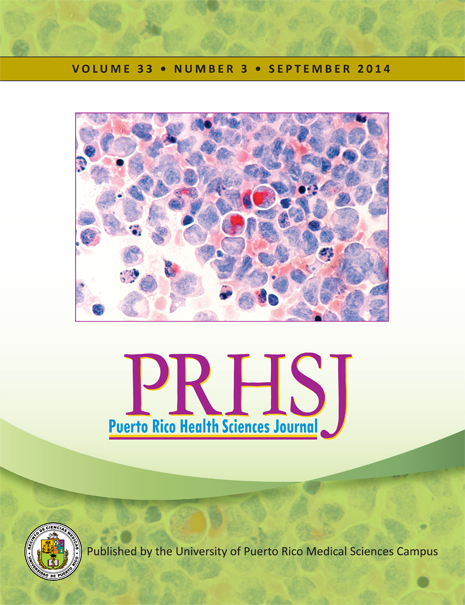Abstract
On February 15-16, 2013 the Puerto Rico Chapter of the American College of Cardiology (ACC), co-sponsored by the Heart Rhythm Society (HRS), celebrated the 2nd Electrophysiology Symposium in San Juan, Puerto Rico. The purpose of the meeting was to review the electrocardiographic characteristics of common clinical disorders such as ventricular tachycardia (VT) and atrial tachyarrhythmias (AT/AF), as well as their clinical management. A comprehensive review of contemporary issues in cardiac device management was also presented. The faculty was constituted by five world-renowned electrophysiologists including: Samuel Asirvatham, MD; David Callans, MD; Laurence Epstein, MD; Francis Marchlinsky, MD; and Brian Olshansky, MD. The audience was constituted by general cardiologists, interventional cardiologists, cardiac electrophysiologists, and cardiovascular surgeons. The following article showcases only key topics of each lecture and is intended to focus in areas of controversy or great clinical interest.
Authors who publish with this journal agree to the following terms:
a. Authors retain copyright and grant the journal right of first publication with the work simultaneously licensed under a Creative Commons Attribution License that allows others to share the work with an acknowledgement of the work's authorship and initial publication in this journal.
b. Authors are able to enter into separate, additional contractual arrangements for the non-exclusive distribution of the journal's published version of the work (e.g., post it to an institutional repository or publish it in a book), with an acknowledgement of its initial publication in this journal.
c. Authors are permitted and encouraged to post their work online (e.g., in institutional repositories or on their website) prior to and during the submission process, as it can lead to productive exchanges, as well as earlier and greater citation of published work (See The Effect of Open Access).
